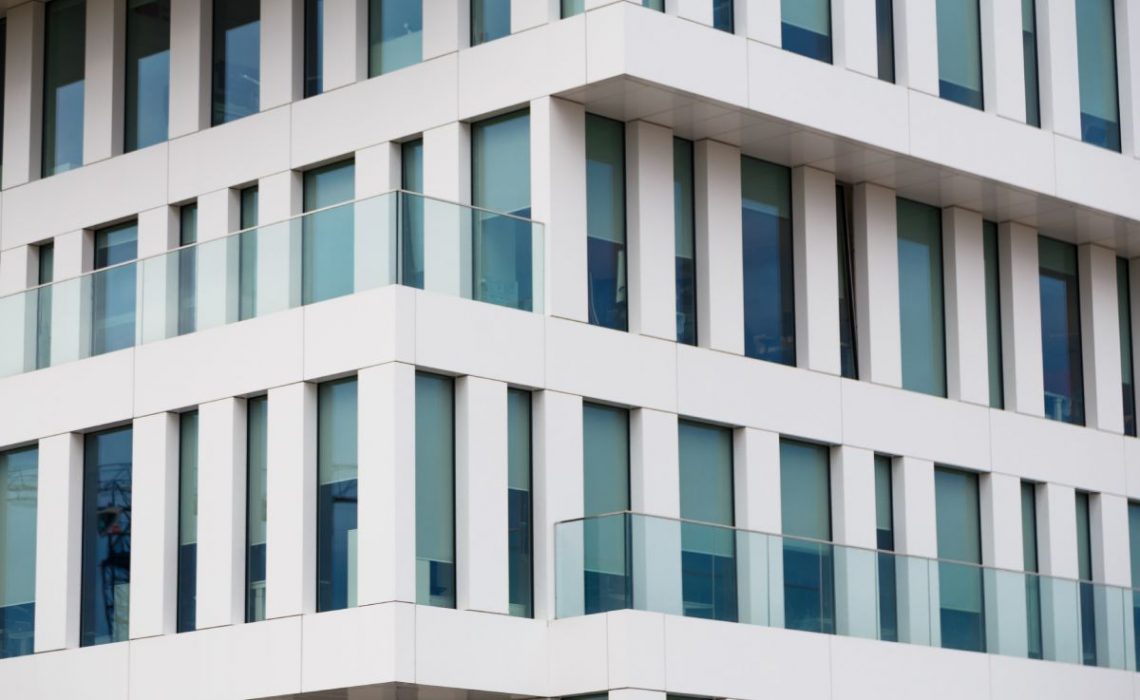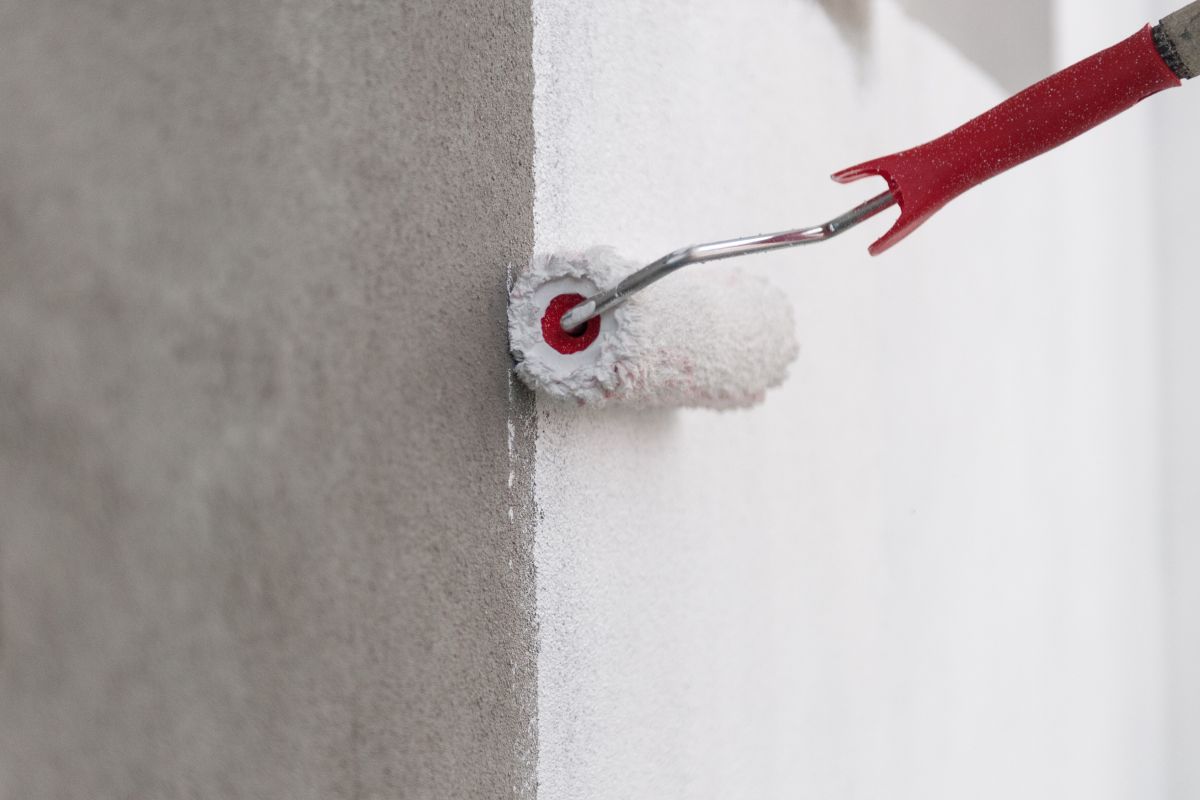
When it comes to the safety and longevity of your building, there are a few steps that are more important to take and do well than waterproofing. A lack of waterproofing can spell disaster for any building, allowing water to leak through and cause endless problems including structural damage and erosion.
We all know waterproofing is essential, but just how can you go about it, and what is the best choice for doing so? Read on to discover the cheapest and best ways to waterproof your building today…
How do you waterproof a concrete building?
There are several different ways in which you can waterproof your concrete building though they are similar in their roles and results. In essence, you need to apply a waterproof barrier to the surface to prevent water from seeping through. Concrete is not, by itself, waterproof. Water can cause concrete to lose its strength and break down its materials, causing cracks and other damage and weakness.
It can also leave your concrete building more susceptible to chemical damage and erosion. It can lower the pH of the building, cause your foundations to shift and cause no end of headaches. Waterproofing your building is therefore a necessity, but how you go about it is up to you. The main ways to waterproof a concrete building include:
- Liquid waterproofing gel
- Waterproof paint
- Bentonite sheets
- Crystalline slurry compounds
- Rubberised sheets
- Cementitious waterproofing
You can choose from any of these options, though you may decide that some are better suited to your needs than others. Painting All Sorts Commercial Painters can do an expert job of waterproof painting your building, for example, in a way that is both effective and also aesthetically pleasing.
Once you know what method you want to use, you will better know how to go about waterproofing your concrete building. There are several steps that you will carry out regardless of the method. These are:
- Ensure the concrete is properly cured – it is not enough that the concrete seems dry. You must also let it cure, hardening properly over time until it is at its most durable. This can take several weeks.
- Ensure the concrete is clean – scrape any leftover paint or similar off your building, sweep up any dirt or mess and give it a thorough clean. This will better help your choice of waterproof methods to take.
- Apply your choice of waterproofing – and leave to dry/adhere properly. You should of course always carefully follow the instructions given, or opt to hire a qualified professional to waterproof your building for you safely and in the right way.
What is the cheapest method of waterproofing?
Arguably the cheapest method of waterproofing concrete buildings is with cementitious waterproofing. This uses cement-based materials to create that all-important barrier between the concrete and any water that may try to seep through. It is cheaper because the materials involved are readily available and more affordable than many alternatives.
Waterproof painting can also be a less expensive option, and can also add to the property value by making it look better at the same time.
What is the best waterproofing method?
Your idea of what makes the best waterproofing method may vary from that of others, and certain types have different advantages and disadvantages. Here we will take a brief look at the various methods you can choose from and why you should or shouldn’t pick them for your concrete building today…
Cementitious Waterproofing
Cementitious waterproofing, as mentioned above, it the cheapest and most common type of waterproofing for many buildings under construction. Due to the relative cheapness of the materials in question and the ease of application, this method is a popular choice for many people. Acid rain is a real weakness for this type of waterproofing, however.

Liquid waterproofing gel
This liquid-based method is ideal for waterproofing your roof. When applied, it creates a rubber-like membrane that prevents water from passing through. It is a cost-effective and durable option that many prefer for its longevity and flexibility. Certain liquid-based solutions are easier to apply than others, so check which would best suit you before you buy.
Bentonite sheets
These sheets are attached onto the concrete, providing a barrier for the water to impact instead of the concrete itself. Basically, when water gets in, the clay sheets expand preventing the water from going any further. This can be risky as until the Bentonite sheets get wet, you won’t know if they are successful or not. And it could be too late by then.
Crystalline slurry compounds
This type of waterproofing involves a crystalline structure that fills in all the pores, gaps, cracks and any way that water could seep into your concrete. It is not recommended for areas with structural damage or issues, however. It can be used in general for both internal and external waterproofing of your concrete building as needed.
Rubberised sheets
You can probably picture this rather popular method of waterproofing, as it involves simply applying adhesive rubberised sheets directly onto your concrete so that water cannot get through. The sheets themselves provide an impenetrable barrier, though you can still have issues with the weak points of the seams. This method is also expensive compared with the others.

Waterproof paint
Paint today has progressed massively, with options available that are fully waterproof. This method of waterproofing can also be inexpensive when compared to many of the other options. It is especially useful where you don’t want to add a thick layer to your concrete but do want to give it the protection it needs and deserves.
As you can see, there are many great options here that will work to waterproof your building, so it is a matter of preference, budget, and your own circumstances. Rubberised sheets, for instance, may work well, but they are also rather expensive. Painting your building, however, has several upsides without the same downsides. How your interiors and exteriors look is important as well as how waterproof they are, and painting can help with both.
Final thoughts
While there are many ways that you can opt to waterproof your concrete building, waterproof paint has to be one of the best. It is inexpensive, works like a charm and adds to the aesthetics of the building all at the same time. If you are thinking about waterproofing your concrete building, contact Painting All Sorts for a quote and advice about waterproof paint today.

